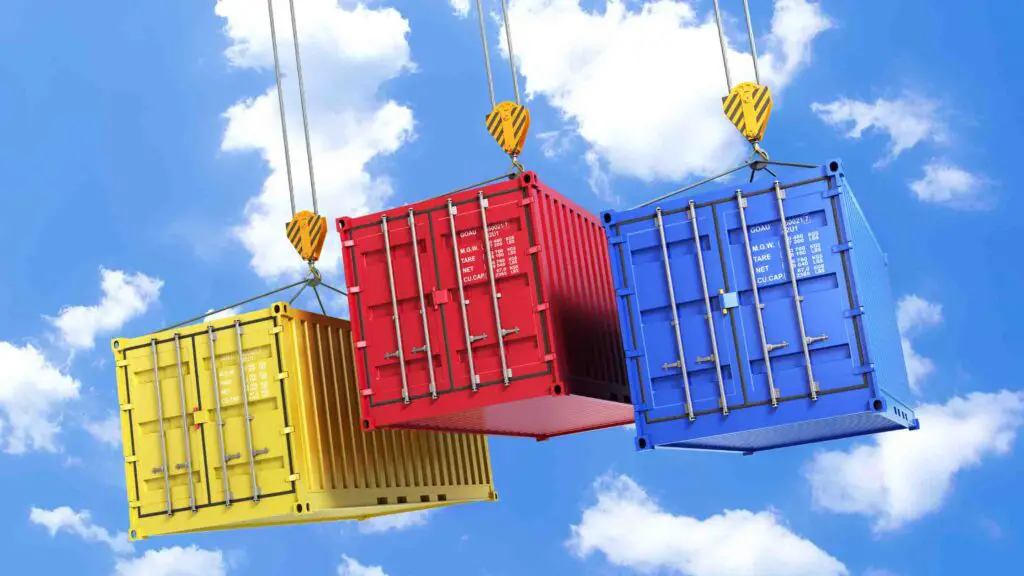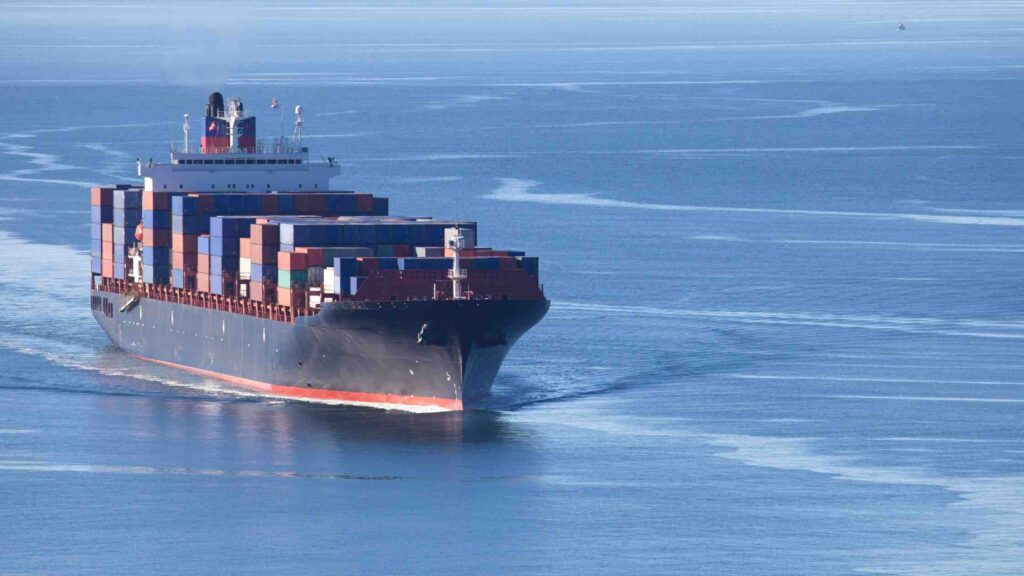Shipping Container Shortage 2023 – Solution and Availability Report
Why there is Shipping Container shortage? Shipping ports around the world are becoming congested with empty shipping containers. It is causing an unusual slowdown in the global supply chain. The shipping industry was facing a lack of steel containers not long ago. But a decrease in demand for goods and an impending economic slowdown have turned that shortage into an excess.
Steel boxes are now taking up valuable space at container depots, either loading up or already complete. The containers themselves are sitting idle as global consumer demand falls.
It’s an unusual circumstance, incredibly close to the holiday season, which is just a couple of weeks away. In previous years, this was when shipments would ramp up as stores refilled their shelves and inventories. Let’s discuss in detail the shipping container shortage in this article.
DiscontinuedNews is impartial and independent, and every day, we create distinctive, world-class programs, news, and content that inform, educate and entertain millions of people worldwide.
Reason for shipping container shortage
The global shortfall of shipping containers is caused mainly by the COVID-19 pandemic. This has dramatically increased shipping and container prices and increased company delay times.
Lockdown began in China early in 2020, then spread to Europe, the United States, and nearly all countries. Travel and transportation restrictions were implemented. Sales and global trade both started to drop. Global cargo volumes began to rise sharply in June, first between Asia and the United States, then between Asia and South America, and finally between Asia and Oceania.
Carriers quickly restored capacity in some trades in response to the significant rise in demand. However, as more trade lanes began to recover, the situation became increasingly difficult to manage.
Shipping container shortage in the US
Countries have implemented lockdowns as the global epidemic spreads from its Asian epicenter. It halted economic movements and manufacturing. Many industries temporarily shut down, resulting in many containers being held at ports.
Carriers decreased the number of ships at sea to maintain stable costs and prevent the erosion of ocean rates. This not only slowed import and export but also meant that empty containers were not picked. This was particularly important for Asian traders, who could not collect empty containers from North America.
Massive workforce interruptions in North America caused by coronavirus restrictions impacted ports, cargo storage areas, and inland transportation lines. Containers began to pile up due to insufficient staffing. Customs became more difficult to clear as boundaries.
It tightened, worsening overcrowding. Furthermore, quick shifts in trade lane demand took a lot of work for carriers to adjust to.
What is causing shipping delays in 2022?

The primary causes of container shortages and shipping delays are explained as follows:
Container availability has been reduced: The unexpected reduction in global trade during the first two months of the pandemic disturbed the normal flow of containers. The lack of containers in suitable locations during the recovery period significantly impacted rates, causing thousands of dollars to rise in a short period.
Congested ports: Many ports experienced a reduced workforce within terminals and support roles such as truck drivers. This has resulted in significant vessel delays, missed sailings, and volume restrictions.
Reduced number of operational vessels: As global trade slowed, some vessels were reconditioned. Fewer vessels on the market disrupted some voyages due to onboard COVID-19 cases.
A shift in the flow of goods: People’s purchasing habits are changing. The unpredictable growth of COVID-19 has created many irregularities in global trade. This significantly raises carriers’ cost burdens.
How long will the container shortage last?
The current container shortage cannot meet current shipping demands. The shipping industry is facing a full-fledged container crisis. Any available containers are quickly booked out, so the companies strongly advise their customers to book cargo as soon as possible.
Some measures are being implemented to help break the impasse. The carriers are attempting to cut free time and detention periods. In addition to more efficient unloading systems, realistically, the global container shortage crisis will not be resolved in the following months. Sadly, contract freight rates are expected to remain high throughout next year.
Further, even though until early November, 14 percent of stops planned through the end of December have already been canceled along major shipping routes, This is referred to as “blank sailings.”
One method by which shippers and ports hope to avoid stacking much more empty containers at depots where they end up after being unloaded. There’s nothing to unpack lately and nothing to load them up with, as purchasers avoid stores. Other ports, such as Houston’s, are now charging a fee for empty containers left at depots for more than 7 days.
Solution to the current container shortage

Usage of Premium Products:
Some carriers have put in place premium products to offer a more stable quality of service. Such as priority for equipment availability and available space. While these services are more expensive, they are ideal for essential and time-sensitive shipments. If on-time delivery is critical, use premium products. While this does not guarantee anything, it increases the chances of obtaining equipment when required.
Improve the bookings:
A lean booking system will assist the associated parties and us in reducing workload during these times. With a lean process, experts can devote more time to our shipments. This can be accomplished by booking the shipments at least four weeks before departure. It minimizes cancellations and usage of digital platforms throughout the process, which makes this easier.
Concentrate on the forecasts:
Solid forecasts and plans are beneficial, particularly in such volatile situations. Find reliable forecasts for significant events, plan alternate routes, and decide on the types of containers to use. To broaden your choices, try to be as adaptable as possible.
Conclusion
According to Maersk, the global shipping giant, freight rates peaked during the worldwide pandemic and are now slowly dropping. The shipping company has warned investors that profits will fall in the following weeks. Who can say? One day there will be a sufficient number of these boxes at ports that we can all begin planning our free tiny projects at home based on Flynn’s container home.
